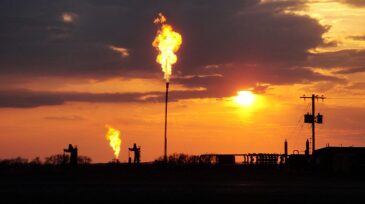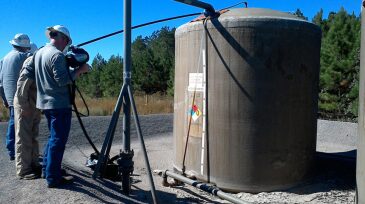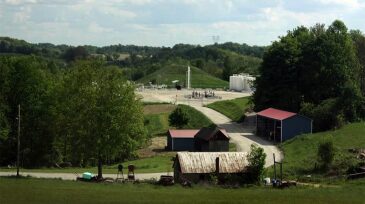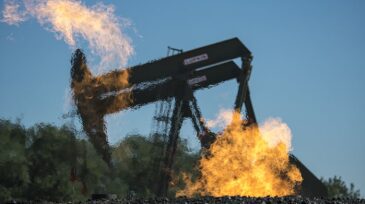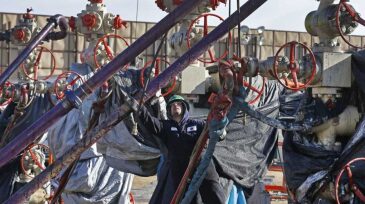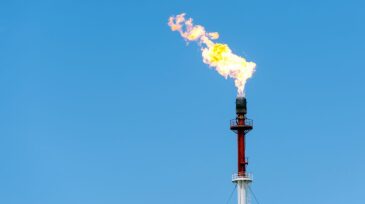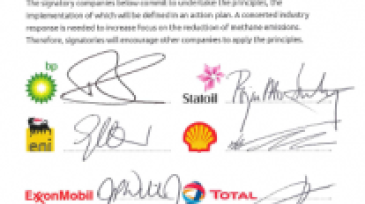methane
-
Natural-gas production in the United States has increased 46% since 2006, but there has been no significant increase of total US methane emissions and only a modest increase from oil and gas activity, according to a new NOAA study.
-
The deployment and adoption of digital technologies across the oil and gas value chain could help scale the effect of the industry’s methane-reduction efforts, finds a new report.
-
A new study offers answers to questions that have puzzled policymakers, researchers,and regulatory agencies for decades: How much methane is being emitted from natural gas operations across the US? And why have different estimation methods seemed to disagree?
-
When methane is found in water wells near an unconventional well, fingers point to facturing as the liklely suspect. But a study of wells in the Utica Shale named other sources.
-
The Environmental Defense Fund revealed a new “find and fix” virtual-reality experience, the Methane CH4llenge simulation, which takes users into a digitally simulated wellsite to show the ease and efficiency of controlling key sources of methane emissions.
-
Natural gas, long promoted as a “clean” alternative to other fossil fuels, may not be so clean after all. That’s because its main ingredient, the potent greenhouse gas methane, has been leaking from oil and gas facilities at far higher rates than governmental regulators claim.
-
Leading US energy companies Exxon Mobil, Chevron, and more said on 25 June that they've formed a new methane emissions consortium focused on reducing greenhouse gas pollution.
-
On 26 April 2018, Canada's minister of environment and climate change announced new regulations under the Canadian Environmental Protection Act, 1999, to reduce methane emissions in the oil and gas sector by almost half.
-
The Alberta Energy Regulator has issued two draft directives that will require upstream oil and gas operators to reduce methane emissions from upstream oil and gas sites by 45% from 2014 levels by 2025.
-
Three global energy industry associations have signed on to the Methane Guiding Principles to increase focus on reducing methane emissions across the natural gas value chain.

